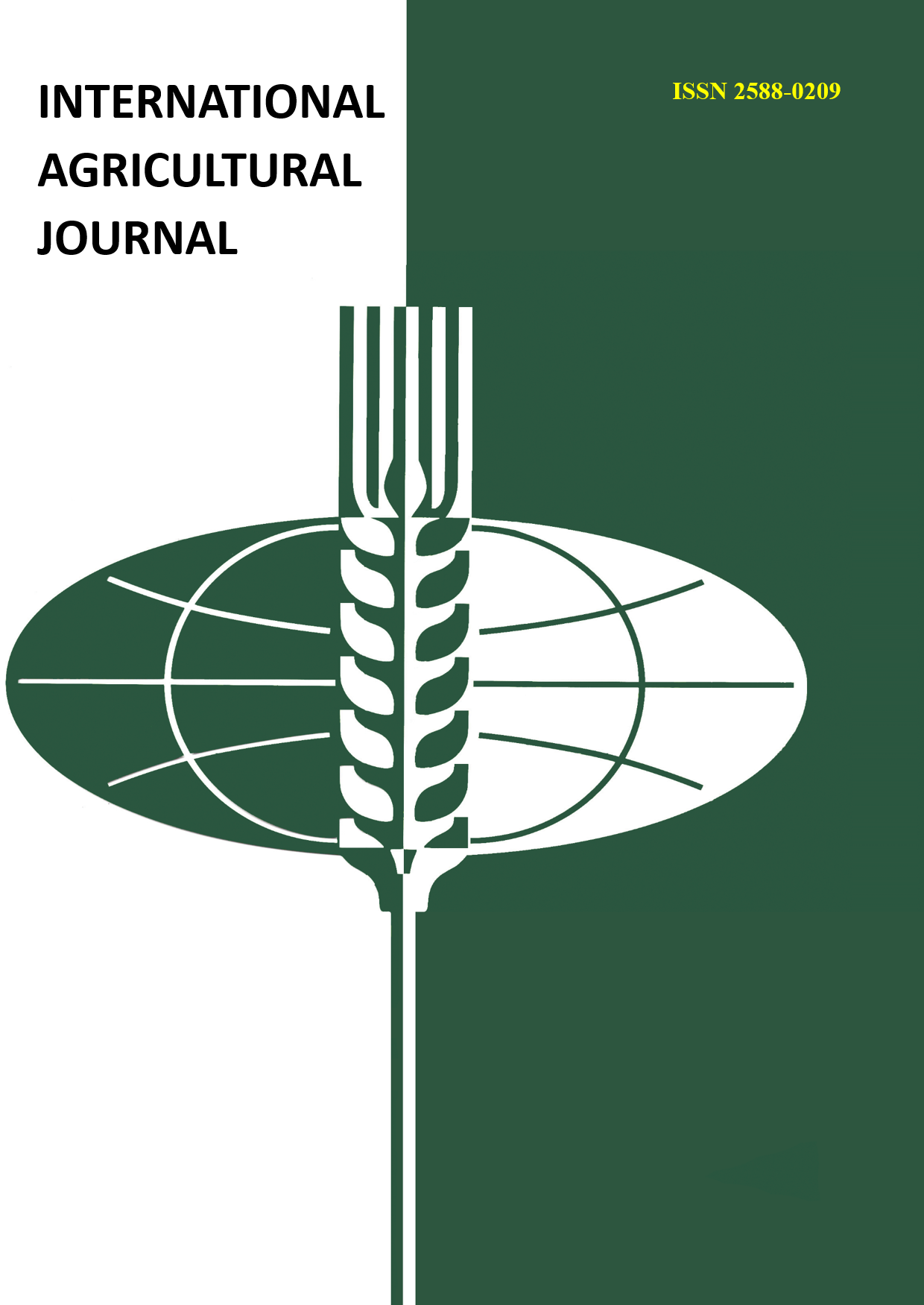Improving the level and quality of life of the population is among the main goals of the national policy of most countries of the world. In addition, this goal is identified as one of the priorities in the activities of the United Nations for the period up to 2030 - “to end poverty and direct the world towards peace, prosperity and opportunity for all on a healthy planet”. The article discusses one of the problems typical for many countries - improving the quality of life in the face of growing environmental problems that directly affect human health. The substantiation is given, the connection between the quality of life of the population and economic growth, and the impact of the latter on climate change and deterioration of the quality of the environment. The authors reveal the concept of "quality of life", reveal the main indicators of its assessment. The authors present the results of cross-country comparison on the quality of life of the population based on methods characterizing certain aspects of socio-economic, ecological processes, such as: HDI (UNDP), Better Life Index (OECD), Prosperity Index of the Legatum Institute. The analysis of the dynamics of indicators for assessing the quality of life of the population in the constituent entities of the Russian Federation, as well as the environmental rating by region based on national databases. The study was carried out with the financial support of the Russian Foundation for Basic Research within the framework of scientific project No. 20-010-00875 A.
kachestvo zhizni, zdorov'e, ekologiya, mezhstranovoe sravnenie, reyting kachestva zhizni, indikatory ocenki kachestva zhizni














